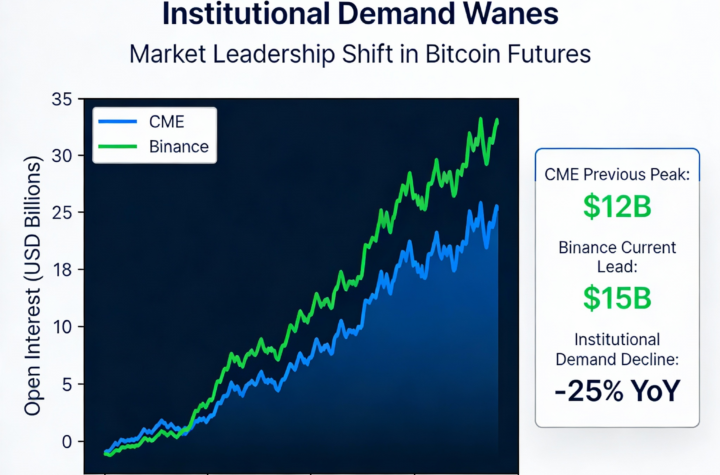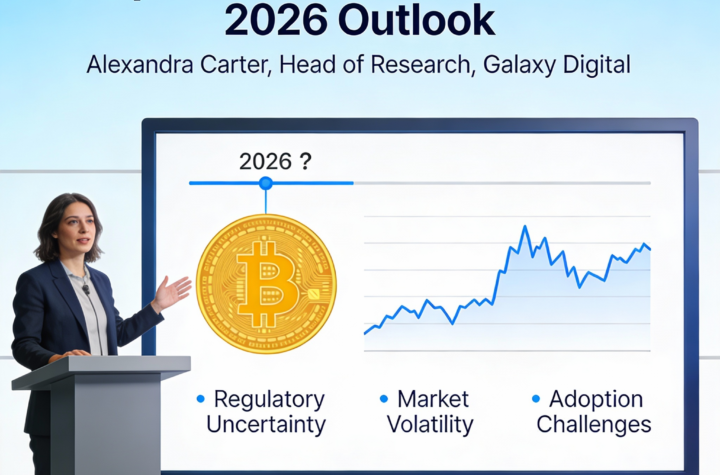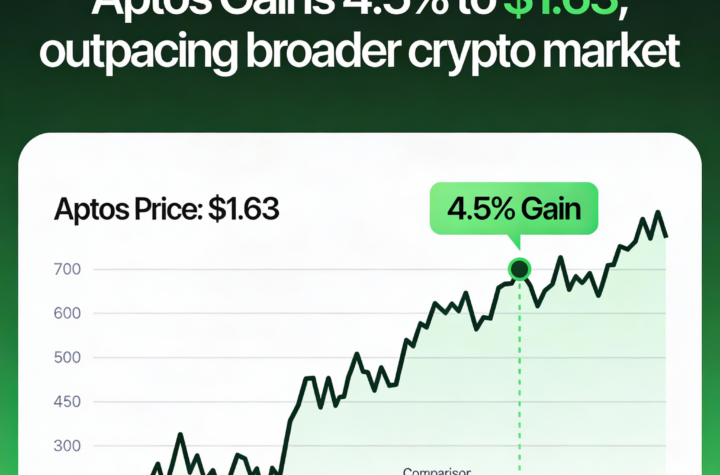
Wall Street Playbook Takes Hold in Crypto as Institutions Adopt Stock-Picking Strategies, Says Bitwise CEO
Institutional investors are increasingly approaching crypto markets with the same analytical rigor used on Wall Street, shifting away from simple size-based metrics like market capitalization toward fundamentals-driven strategies, according to Hunter Horsley, CEO of Bitwise Asset Management.
Over the past decade, crypto has evolved from a speculative niche to a maturing asset class embraced by institutional allocators, corporate treasuries, and sovereign wealth funds. Yet, many investors still rely on market capitalization as their primary gauge for value — a method Horsley believes is now giving way to more sophisticated analysis.
“Institutions once viewed all of crypto through Bitcoin’s lens — as digital gold — and made allocation decisions based largely on market cap,” Horsley said during Token2049 in Singapore. “But they’re now recognizing that, like equities, each blockchain project has unique fundamentals and use cases.”
Institutional Shift Toward Fundamentals
The “stock-picking” approach now gaining traction mirrors traditional asset management: evaluating project fundamentals such as network activity, token utility, governance, and developer adoption instead of simply following market size.
“This evolution shows just how far crypto has come,” Horsley said. “Institutional investors are applying time-tested frameworks — fundamental analysis, valuation models, and risk-adjusted returns — to a new digital asset landscape.”
The change is evident in Bitwise’s own expansion, which manages over $15 billion in assets and recently filed with the U.S. SEC to launch a spot ETF for Avalanche’s AVAX token, further underscoring institutional demand for diversification beyond Bitcoin.
Beyond Bitcoin: Diversification Gains Momentum
While Bitcoin remains the entry point for many institutions due to its simplicity and “digital gold” narrative, interest is spreading to Ethereum, Solana, and other smart contract networks that power decentralized finance and real-world applications.
The rise of non-Bitcoin ETFs — even those tracking alternative or meme assets like Dogecoin (DOGE) — highlights how investors are exploring broader crypto exposure as understanding deepens.
Macro Backdrop Favors Selectivity
This shift also aligns with the changing macroeconomic environment. The 2020 bull cycle thrived under zero interest rates and low inflation — conditions that fueled speculative rallies. In contrast, with U.S. rates near 4% and inflation still elevated, investors are prioritizing quality and fundamentals.
“We’re in a world where not everything goes up,” Horsley noted. “Institutions now focus on assets that can sustain growth under tighter financial conditions.”
Prominent economists like Mohamed El-Erian and Russell Napier have made similar calls for selective, fundamentals-based investing amid inflationary pressure and fiscal dominance — trends mirrored in crypto’s maturation.
Bitcoin’s Dual Role and Market Cycles
Horsley believes Bitcoin’s dual identity as both a store of value and payment network will play out sequentially.
“For Bitcoin to be widely used in payments, it first needs to be universally recognized as a store of value,” he said. “Once that’s established, transactional adoption will follow naturally.”
He praised progress in scaling solutions like Lightning Network and initiatives such as Lightspark, calling them essential to Bitcoin’s long-term utility.
As for the four-year halving cycle, Horsley acknowledged that while historical patterns suggest a potential cooling period ahead, the maturing market structure may soften future downturns.
“The likelihood of catastrophic collapses like Terra or FTX has diminished,” he said. “Even if a bear market emerges, it’s likely to be far less severe.”
Overall, Horsley sees today’s crypto market as increasingly institutional, analytical, and resilient — where Wall Street’s oldest investing playbook is now guiding the next phase of digital asset growth.






More Stories
CME slips behind Binance as bitcoin futures see weaker institutional participation
According to Galaxy Digital’s research chief, Bitcoin faces a highly unpredictable 2026.
APT climbs 4.5% to $1.63, leading gains in the crypto sector